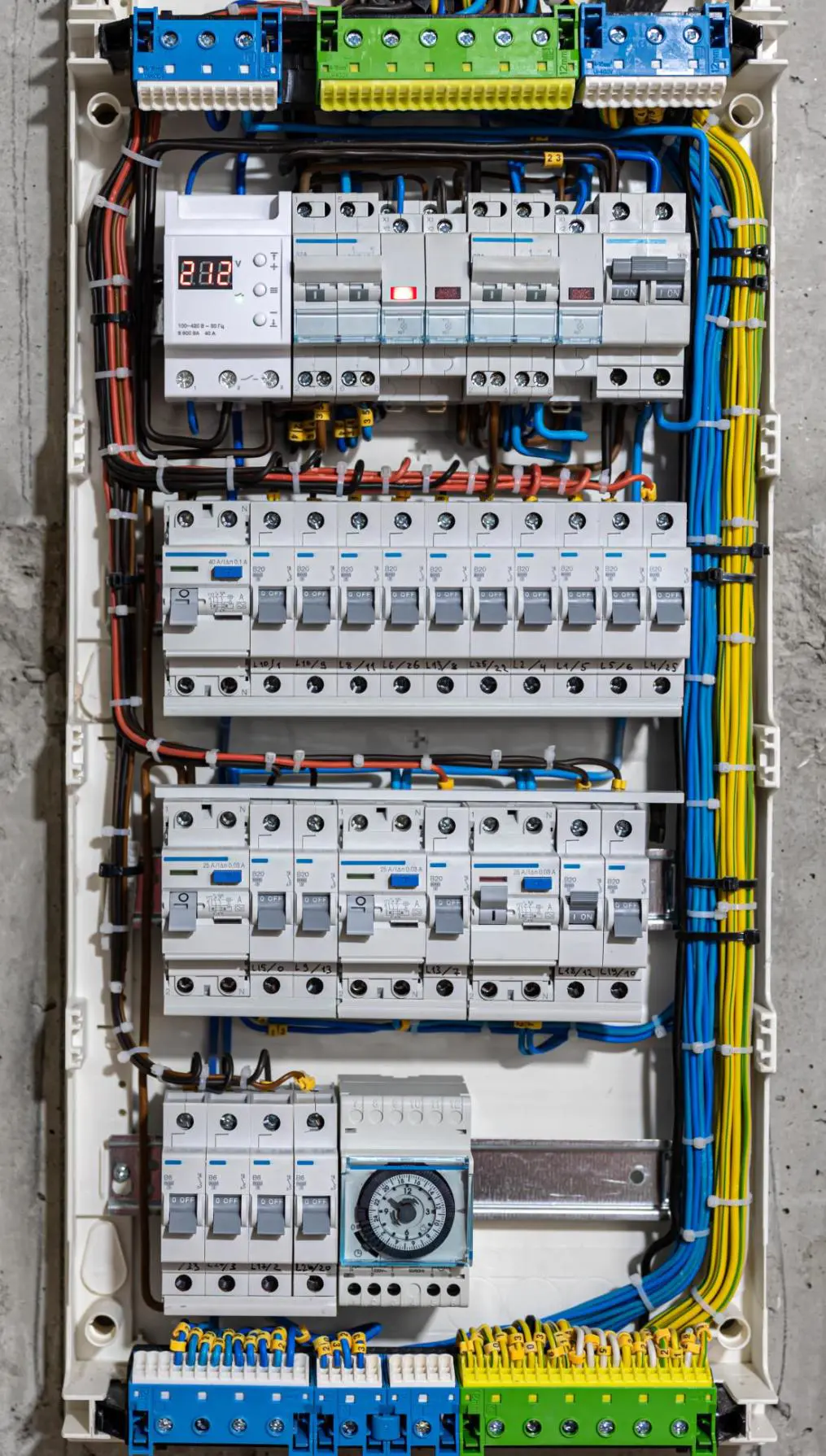Residential Applications
In residential settings, MCBs protect lighting circuits, outlets, and appliances from electrical faults, ensuring the safety of occupants and reducing the risk of fire. They are often used in conjunction with Residual Current Devices (RCDs) or Ground Fault Circuit Interrupters (GFCIs) for enhanced protection.
Commercial Applications
In commercial environments, MCBs safeguard a wide range of electrical equipment, including office machinery, HVAC systems, and lighting circuits. By providing reliable protection against overloads and short circuits, MCBs help maintain a safe working environment and minimize the risk of costly equipment damage and business downtime.
Industrial Applications
In industrial settings, MCBs play a critical role in protecting machinery, motors, and other equipment from electrical faults. They are often used in conjunction with other protective devices, such as motor protection circuit breakers and overload relays, to ensure the safe and efficient operation of complex industrial processes.

Selecting the Right MCB for Your Application
When choosing an MCB for a specific application, several factors need to be considered:

Rated Current
Select an MCB with a rated current that matches the maximum continuous current of the circuit it is intended to protect. This ensures that the MCB will not trip during normal operation but will disconnect the circuit in the event of a fault.
Tripping Characteristics
Choose an MCB with the appropriate tripping characteristics (Type B, Type C, or Type D) based on the expected inrush currents and the nature of the connected loads. This ensures that the MCB will provide adequate protection without unnecessary tripping.
Voltage Rating
Ensure that the MCB’s voltage rating is suitable for the system voltage. MCBs are typically available in various voltage ratings, such as 120V, 230V, or 400V, to accommodate different power standards.
Breaking Capacity
Select an MCB with a breaking capacity that is equal to or greater than the maximum prospective short-circuit current at the point of installation. This ensures that the MCB can safely interrupt a fault without sustaining damage, the common segmentation capacity is 4.5kA, 6kA, 10kA, and some unconventional usage scenarios require 15kA, 20kA or even higher.
According to different occasions, miniature circuit breakers have different curve requirements, such as households can choose B and C curves, industrial motors need relatively large starting current support, and product use can choose the D curve. For different loads of power, the current ampere can be selected from 6 to 125A.
How to Choose TONGOU MCB?
Make a calculation of the circuit current required to protect each circuit according to the circuit system before installation, select the appropriate number of poles and current, and select the corresponding MCB from our product list, or if you have any questions about how to choose an MCB, send Your inquiry request or question consultation to our mailbox, our team will reply within 24 hours.